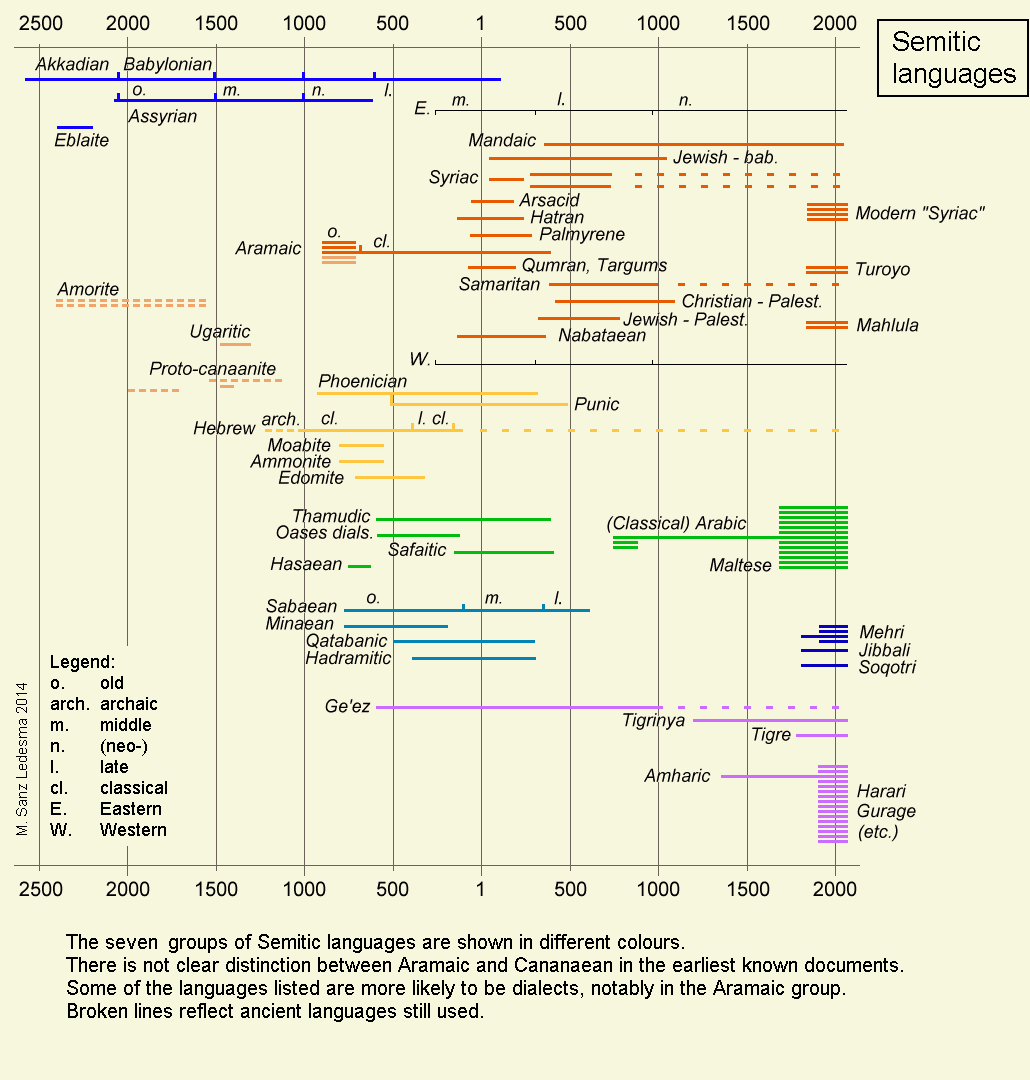|
Ancient Peoples Of Italy
This list of ancient peoples living in Italy summarises the many different Italian populations that existed in antiquity. Among them, the Romans succeeded in Romanizing the entire Italian peninsula following the Roman expansion in Italy, which provides the time-window in which most of the names of the remaining ancient Italian peoples first appear in existing written documentation. Many names are exonyms assigned by the ancient writers of works in ancient Greek and Latin, while others are scholarly inventions. Nearly all of these peoples and tribes spoke Indo-European languages: Italics, Celts, Ancient Greeks, and tribes likely occupying various intermediate positions between these language groups. On the other hand, some Italian peoples (such as the Rhaetians, Camuni, Etruscans) likely spoke non- or pre-Indo-European languages. In addition, peoples speaking languages of the Afro-Asiatic family, specifically the largely Semitic Phoenicians and Carthaginians, settled and ... [...More Info...] [...Related Items...] OR: [Wikipedia] [Google] [Baidu] |
Iron Age Italy
The prehistory of Italy began in the Paleolithic period, when members of the genus ''Homo species, Homo'' first inhabited what is now modern Italian territory, and ended in the Iron Age, when the first written records appeared in Insular Italy, Italy. Paleolithic In prehistoric times, the landscape of the Italian Peninsula was significantly different from its modern appearance. During glaciations, for example, the sea level was lower and the islands of Elba and Sicily were connected to the mainland. The Adriatic Sea began at what is now the Gargano, Gargano Peninsula, and what is now its surface up to Venice was a fertile plain with a humid climate. The arrival of the first known hominins was 850,000 years ago at Monte Poggiolo. The presence of ''Homo neanderthalensis'' has been demonstrated in archaeological findings dating to c. 50,000 years ago (late Pleistocene). There are about 20 unique sites, the most important being that of the Grotta Guattari at San Felice Circeo, on ... [...More Info...] [...Related Items...] OR: [Wikipedia] [Google] [Baidu] |
Semitic Language
The Semitic languages are a branch of the Afroasiatic language family. They include Arabic, Amharic, Tigrinya, Aramaic, Hebrew, Maltese, Modern South Arabian languages and numerous other ancient and modern languages. They are spoken by more than 330 million people across much of West Asia, North Africa, the Horn of Africa, Malta, and in large immigrant and expatriate communities in North America, Europe, and Australasia. The terminology was first used in the 1780s by members of the Göttingen school of history, who derived the name from Shem, one of the three sons of Noah in the Book of Genesis. Semitic languages occur in written form from a very early historical date in West Asia, with East Semitic Akkadian (also known as Assyrian and Babylonian) and Eblaite texts (written in a script adapted from Sumerian cuneiform) appearing from in Mesopotamia and the northeastern Levant respectively. The only earlier attested languages are Sumerian and Elamite (2800 BC ... [...More Info...] [...Related Items...] OR: [Wikipedia] [Google] [Baidu] |
Ligures
The Ligures or Ligurians were an ancient people after whom Liguria, a region of present-day Northern Italy, north-western Italy, is named. Because of the strong Celts, Celtic influences on their language and culture, they were also known in antiquity as Celto-Ligurians. In pre-Roman times, the Ligurians occupied the present-day Italian region of Liguria, Piedmont, northern Tuscany, western Lombardy, western Emilia-Romagna, and northern Sardinia, reaching also Elba and Sicily. They inhabited also the Regions of France, French region of Provence-Alpes-Côte d'Azur and Corsica;Strabo, ''Geography'', book 4, chapter 6Livy, ''History of Rome'', book XLVII however, it is generally believed that around 20th century BC, 2000 BC the Ligurians occupied a much larger area, extending as far as what is today Catalonia (in the north-eastern corner of the Iberian Peninsula). The origins of the ancient Ligurians are unclear, and an autochthonous origin is increasingly probable. What little is ... [...More Info...] [...Related Items...] OR: [Wikipedia] [Google] [Baidu] |
Corsi People
The Corsi were an ancient people of Sardinia and Corsica, to which they gave the name, as well as one of the three major groups among which the ancient Sardinians considered themselves divided (along with the Balares and the Ilienses). Noted by Ptolemy (III, 3), they dwelt at the extreme north-east of Sardinia, in the region today known as Gallura, near the Tibulati and immediately north of the Coracenses. According to historian Ettore Pais and archeologist Giovanni Ugas, the Corsi probably belonged to the Ligurian people. Similar was also the opinion of Seneca, who claimed that the ''Corsi'' from Corsica, where he had then been staying in exile, were of mixed origin, resulting from the continuous mingling of various ethnic groups of foreign origin, like the Ligures, the Greeks and the Iberians. In the myth, reported by Sallust, the peopling of Corsica is traced back to Corsa, a Ligurian woman who when grazing her cattle Cattle (''Bos taurus'') are large, do ... [...More Info...] [...Related Items...] OR: [Wikipedia] [Google] [Baidu] |
Ilienses
The Ilienses or Iolaes or Ilians or Iolai (); later known as Diagesbes (Διαγησβεῖς) or Diagebres (Διαγηβρεῖς)Strabo, Geographica V, 2,7. were an ancient Nuragic people who lived during the Bronze and Iron Ages in central-southern Sardinia, as well as one of the three major groups among which the ancient Sardinians considered themselves divided (along with the Corsi and the Balares). After the Sicilian Wars began with the Punic invasion in the sixth century BC, part of them retreated to the mountainous interior of the island, from which they opposed the foreign rule for centuries. History Mythological origins According to the legend recorded by Greek historians, the etymology of their name (Iolaes) is to be traced back to Iolaus, the hero who led the ''Thespiades'', sons of Heracles and the daughters of Thespius (king of the Boeotian city-state of Thespiae) in Sardinia, where he founded a colony. Another myth tell that the old inhabitants of Ilium, bette ... [...More Info...] [...Related Items...] OR: [Wikipedia] [Google] [Baidu] |
Balares
The Balares were one of the three major groups among which the Nuragic Sardinians considered themselves divided (along with the Corsi and the Ilienses). History Pausanias in his work ''Periegesis'' speculated that the Balares were the descendants of the Iberian and African mercenaries of Carthage, adding that in the language of the Corsi, "Balares" translates to ''fugitives''. In the ''Historiae'', Sallust mentions a possible origin from the city of Palla, Corsica. Archaeologist Giovanni Ugas proposed that they derived from the first wave of the Beaker people who settled in the island in the late Copper Age from the Franco-Iberian area and that they were related with the ancient peoples of the Balearic Islands; their name has been connected with that of Balarus, a chief of the Vettones. According to Ugas, during the Nuragic period the Balares lived in the whole north-western part of the island ( Nurra, Anglona, Sassarese); their territory bordered with the Ilienses in t ... [...More Info...] [...Related Items...] OR: [Wikipedia] [Google] [Baidu] |
Sherden
The Sherden (Egyptian: ''šrdn'', ''šꜣrdꜣnꜣ'' or ''šꜣrdynꜣ''; Ugaritic: ''šrdnn(m)'' and ''trtn(m)''; possibly Akkadian: ''šêrtânnu''; also glossed "Shardana" or "Sherdanu") are one of the several ethnic groups the Sea Peoples were said to be composed of, appearing in fragmentary historical and iconographic records (ancient Egyptian and Ugaritic) from the Eastern Mediterranean in the late 2nd millennium BC. On reliefs, they are shown carrying round shields and spears, dirks or swords, perhaps of Naue II type. In some cases, they are shown wearing corslets and kilts, but their key distinguishing feature is a horned helmet, which, in all cases but three, features a circular accouterment at the crest. At Medinet Habu the corslet appears similar to that worn by the Philistines. The Sherden sword, it has been suggested by archaeologists since James Henry Breasted, may have developed from an enlargement of European daggers and been associated with the exploitation o ... [...More Info...] [...Related Items...] OR: [Wikipedia] [Google] [Baidu] |
Sardinians
Sardinians or Sards are an Italians, Italian ethno-linguistic group and a nation indigenous to Sardinia, an island in the western Mediterranean Sea, Mediterranean which is administratively an Regions of Italy#Autonomous regions with special statute, autonomous region of Italy. Etymology Not much can be gathered from the classical literature about the origins of the Sardinian people. The ethnonym "S(a)rd" may belong to the Pre-Indo-European languages, Pre-Indo-European (or Indo-European languages, Indo-European) linguistic substratum, and whilst they might have derived from the Iberian language, Iberians, the accounts of the old authors differ greatly in this respect. The oldest written attestation of the ethnonym is on the Nora stone, where the word ''Šrdn'' (''Shardan'') bears witness to its original existence by the time the Phoenicians, Phoenician merchants first arrived on Sardinian shores. According to ''Timaeus (dialogue), Timaeus'', one of Plato's dialogues, Sardinia ... [...More Info...] [...Related Items...] OR: [Wikipedia] [Google] [Baidu] |
Giacomo Devoto
Giacomo Devoto (19 July 1897 – 25 December 1974) was an Italian historical linguist and one of the greatest exponents of the twentieth century of the discipline. He was born in Genoa and died in Florence. Biography He was the son of clinician and pathologist Luigi Devoto (1864–1936) and brother of industrialist Giovanni (1903–1944). In 1939 he founded with Bruno Migliorini the journal Lingua Nostra. In 1931 he took the oath of allegiance to fascism with quiet cynicism (the expression is Gennaro Sasso's): the oath had for him "the value of a glass of cold water.". In January 1945, immediately after the Liberation, he founded in Florence together with Piero Calamandrei, Corrado Tumiati, Enzo Enriques Agnoletti and Paride Baccarini the AFE, the Association of European Federalists, later merging into the European Federalist Movement founded by Altiero Spinelli, in which he played a leading role in the years 1947–1948. Assessor in the council of the City of Florence chaire ... [...More Info...] [...Related Items...] OR: [Wikipedia] [Google] [Baidu] |
Paleo-European Languages
The Paleo-European languages (sometimes also called Old European languages) are the mostly unknown languages that were spoken in Neolithic () and Bronze Age Europe () prior to the spread of the Indo-European and Uralic families of languages. The vast majority of modern European populations speak Indo-European languages. However, until the Bronze Age, non-Indo-European languages were predominant across the continent. The speakers of Paleo-European languages gradually assimilated into speech communities dominated by Indo-European speakers, leading to their eventual extinction, except for Basque, which remains the only surviving descendant of a Paleo-European language. A related term, " Pre-Indo-European", refers more generally to the diverse languages that were spoken in Eurasia before the Indo-European migrations. This category thus includes certain Paleo-European languages (apart from those that were replaced by Uralic languages), along with many others from West, Central, and ... [...More Info...] [...Related Items...] OR: [Wikipedia] [Google] [Baidu] |
Sicily
Sicily (Italian language, Italian and ), officially the Sicilian Region (), is an island in the central Mediterranean Sea, south of the Italian Peninsula in continental Europe and is one of the 20 regions of Italy, regions of Italy. With 4.7 million inhabitants, including 1.2 million in and around the capital city of Palermo, it is both the largest and most populous island in the Mediterranean Sea. Sicily is named after the Sicels, who inhabited the eastern part of the island during the Iron Age. Sicily has a rich and unique culture in #Art and architecture, arts, Music of Sicily, music, #Literature, literature, Sicilian cuisine, cuisine, and Sicilian Baroque, architecture. Its most prominent landmark is Mount Etna, the tallest active volcano in Europe, and one of the most active in the world, currently high. The island has a typical Mediterranean climate. It is separated from Calabria by the Strait of Messina. It is one of the five Regions of Italy#Autonomous regions with s ... [...More Info...] [...Related Items...] OR: [Wikipedia] [Google] [Baidu] |








